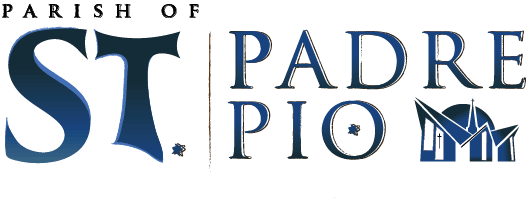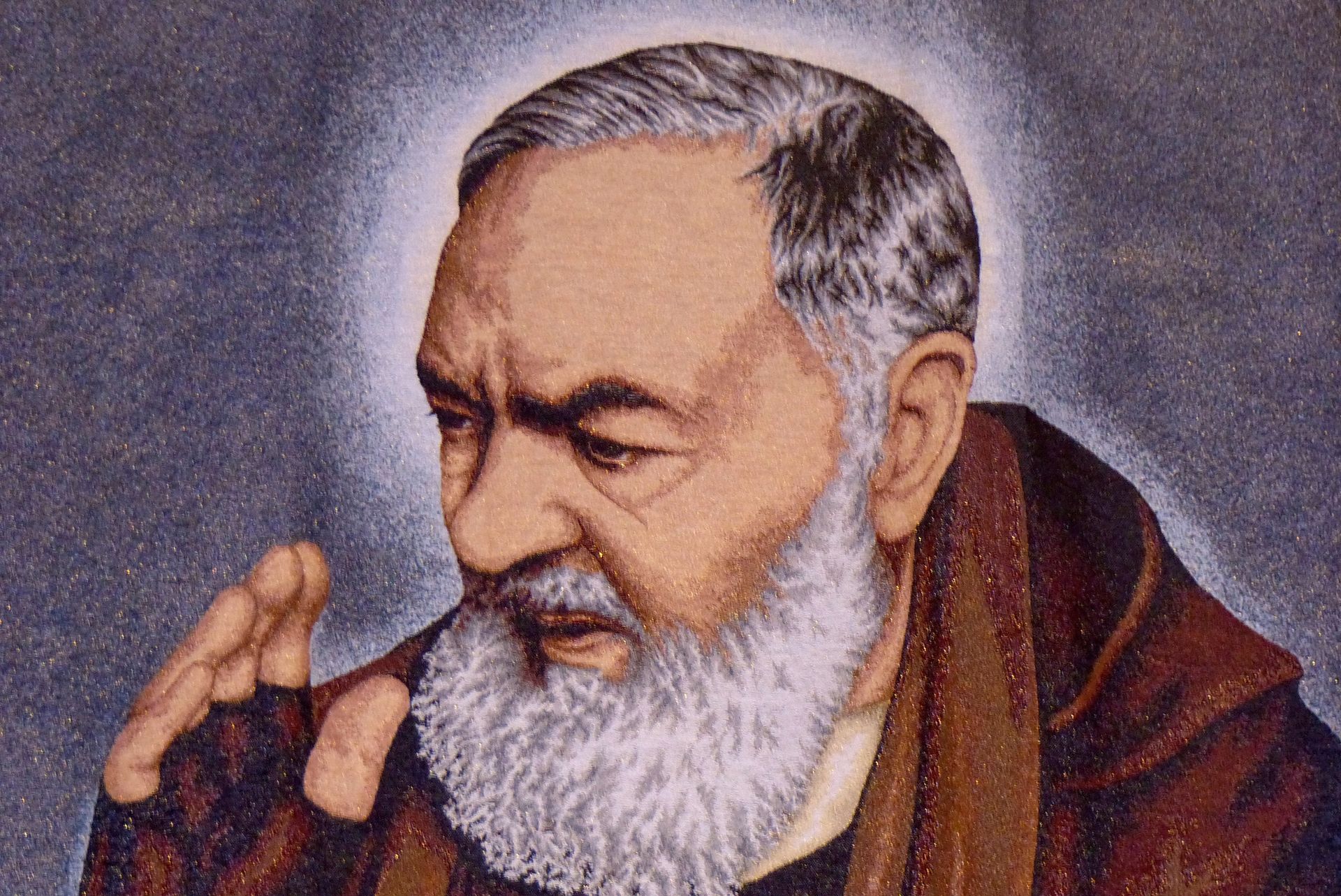ABOUT PADRE PIO
QUICKLINKS
Padre Pio (Francesco Forgione) was born to Giuseppa and Grazio Forgione, in the small farming town of Pietrelcina, Italy on May 25, 1887. Although the Forgiones were poor in material goods, they were certainly rich in their faith life and in the love of God.
Even as a young boy, Francesco had already shown signs of extraordinary gifts of grace. At the age of five, he dedicated his life to God. From his early childhood, he showed a remarkable recollection of spirit and a love for the religious life. His mother described him as a quiet child who, from his earliest years, loved to go to church and to pray. As a young boy, he was able to see and communicate with, not only his guardian angel but also with Jesus and the Virgin Mary. In his simplicity, Francesco assumed everyone had the same experiences. Once a woman who noticed his spiritual demeanor asked him, “When did you consecrate your life to God? Was it at your first Holy Communion?” and he answered, “Always, daughter, always.”
When Francesco was fifteen years old, he was admitted to the novitiate of the Capuchin Order of the Friars Minor in Morcone, Italy. He was admired by his fellow-students as well as by his Superiors for his exemplary behavior and his deep piety. One of the novices stated, “There was something which distinguished him from the other students. Whenever I saw him, he was always humble, recollected, and silent. What struck me most about Brother Pio was his love of prayer.”
On August 10, 1910, at the age of twenty-three, Padre Pio was ordained to the priesthood. The celebration of the Holy Mass was for Padre Pio, the center of his spirituality. Due to the long pauses of contemplative silence into which he entered at various parts of the Holy Sacrifice, his Mass could sometimes last several hours. Everything about him spoke of how intensely he was living the Passion of Christ. The parish priest in Pietrelcina called Padre Pio’s Mass, “an incomprehensible mystery.” When asked to shorten his Mass, Padre Pio replied, “God knows that I want to say Mass just like any other priest, but I cannot do it.”
His parishioners were deeply impressed by his piety and one by one they began to come to him, seeking his counsel. For many, even a few moments in his presence, proved to be a life changing experience. As the years passed, pilgrims began to come to him by the thousands, from every corner of the world, drawn by the spiritual riches which flowed so freely from his extraordinary ministry. To his spiritual children he would say, “It seems to me as if Jesus has no other concern but the sanctification of your soul.”
Padre Pio is understood above all else as a man of prayer. Before he was thirty years old he had already reached the summit of the spiritual life known as the “unitive way” of transforming union with God. He prayed almost continuously. His prayers were usually very simple. He loved to pray the Rosary and recommended it to others. To someone who asked him what legacy he wished to leave to his spiritual children, his brief reply was, “My child, the Rosary.” He had a special mission to the souls in Purgatory and encouraged everyone to pray for them. He used to say, “We must empty Purgatory with our prayers.” Father Agostino Daniele, his confessor, director, and beloved friend said, “One admires in Padre Pio, his habitual union with God. When he speaks or is spoken to, we are aware that his heart and mind are not distracted from the thought and sentiment of God.”
Padre Pio suffered from poor health his entire life, once saying that his health had been declining from the time he was nine years old. After his ordination to the priesthood, he remained in his hometown of Pietrelcina and was separated from his religious community for more than five years due to his precarious health. Although the cause of his prolonged and debilitating illnesses remained a mystery to his doctors, Padre Pio did not become discouraged. He offered all of his bodily sufferings to God as a sacrifice, for the conversion of souls. He experienced many spiritual sufferings as well. “I am fully convinced that my illness is due to a special permission of God,” he said.
Shortly after his ordination, he wrote a letter to his spiritual director, Father Benedetto Nardella, in which he asked permission to offer his life as a victim for sinners. He wrote, “For a long time I have felt in myself a need to offer myself to the Lord as a victim for poor sinners and for the souls in Purgatory. This desire has been growing continually in my heart so that it has now become what I would call a strong passion. . .It seems to me that Jesus wants this.” The marks of the stigmata, the wounds of Christ, appeared on Padre Pio’s body, on Friday, September 20, 1918, while he was praying before a crucifix and making his thanksgiving after Mass. He was thirty-one years old and became the first stigmatized priest in the history of the Church. With resignation and serenity, he bore the painful wounds in his hands, feet, and side for fifty years.




